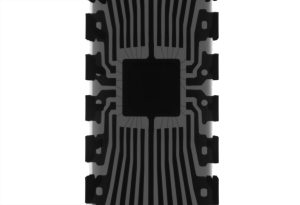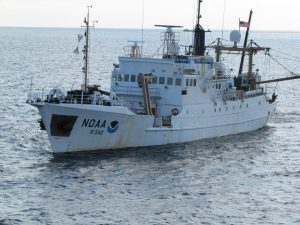Cutting-Edge Vehicle Technologies for Space Exploration
The human desire for exploration and discovery knows no bounds, and as technology continues to advance, so too does our ability to venture into the final frontier: space. But traveling beyond our planet requires cutting-edge vehicle technologies that are capable of withstanding the harsh conditions of space and navigating the vast distances of the cosmos. In this article, we will explore some of the most innovative and exciting vehicle technologies that are paving the way for space exploration.
Rovers and Landers
One of the most important pieces of equipment for space exploration are rovers and landers. These vehicles are designed to land and travel on other planets and celestial bodies, gathering crucial data and conducting experiments. In recent years, a new generation of rovers has emerged that are faster, more durable, and more technologically advanced than ever before.
The Mars rovers: Curiosity and Perseverance
Since the early 2000s, NASA has sent four rovers to Mars with the goal of studying the Red Planet’s geology and climate. The most recent rovers, Curiosity and Perseverance, are equipped with cutting-edge technologies, including a multi-spectrum camera, X-ray spectrometer, and a laser that can vaporize rocks to analyze their composition. These rovers have already made groundbreaking discoveries, such as finding evidence of ancient water on the surface of Mars.
Dragonfly: A flying rover for Titan
Titan, the largest moon of Saturn, is another potential target for space exploration. Its thick atmosphere and low gravity make it an ideal place for aerial exploration. That’s where NASA’s upcoming Dragonfly mission comes in. Instead of rolling on wheels, this rover will fly around Titan, collecting samples and sending data back to Earth. Dragonfly is set to launch in 2026 and could revolutionize our understanding of this enigmatic moon.
Satellites and Probes
In addition to rovers, satellites and probes play a crucial role in space exploration. These vehicles allow us to collect data and images from faraway places, providing us with a better understanding of our solar system and beyond.
The Hubble Space Telescope
Launched in 1990, the Hubble Space Telescope has been one of the most transformative tools in space exploration. Its powerful cameras and telescopes have captured stunning images of our universe, revealing the beauty and complexity of distant galaxies and nebulae. Over the years, Hubble has helped scientists make groundbreaking discoveries, such as the existence of black holes and the accelerating expansion of the universe.
Cassini-Huygens: Exploring Saturn and its moons
The Cassini-Huygens mission, a collaboration between NASA, the European Space Agency, and the Italian Space Agency, was another remarkable feat of space exploration. Launched in 1997, the spacecraft reached Saturn in 2004 and spent 13 years studying the planet and its moons. One of its most significant achievements was the discovery of liquid water on the moon Enceladus, making it a prime candidate for extraterrestrial life.
The Future of Space Exploration Vehicles
As new technologies emerge and our understanding of the universe deepens, the possibilities for space exploration vehicles are seemingly endless. One exciting development is the use of private companies, such as SpaceX and Blue Origin, for space missions. These companies are working on reusable rockets and advanced spacecraft that could significantly reduce the cost of space travel and open up opportunities for commercial space exploration.
Another groundbreaking project is the James Webb Space Telescope, set to launch in late 2021. This successor to the Hubble Telescope will be more powerful and versatile, allowing us to see even further into the universe and unravel more of its mysteries.
Conclusion
Cutting-edge vehicle technologies have played a crucial role in our ability to explore space and uncover its secrets. From rovers on Mars to telescopes in orbit, these powerful machines are continuously pushing the boundaries of what we thought was possible. With more advancements on the horizon, the future of space exploration is looking brighter than ever before.
References:
1. “Mars 2020 Rover.” NASA, National Aeronautics and Space Administration, https://mars.nasa.gov/mars2020/.
2. Kramer, Miriam. “NASA’s Dragonfly Mission to Titan Will Look for Alien Life’s Building Blocks.” Space.com, Future US, Inc., 27 Jan. 2021, https://www.space.com/nasa-dragonfly-titan-ingredients-life-hydrocarbons.html.
3. “Our Top 10 Discoveries at Saturn.” NASA, National Aeronautics and Space Administration, 24 Oct. 2017, https://www.nasa.gov/mission_pages/cassini/whycassini/cassini_top10.html.
4. “James Webb Space Telescope.” NASA, National Aeronautics and Space Administration, https://www.nasa.gov/mission_pages/webb/main/index.html.











